The seeds of the next debt crisis
Roula Khalaf, Editor of the FT, selects her favourite stories in this weekly newsletter.
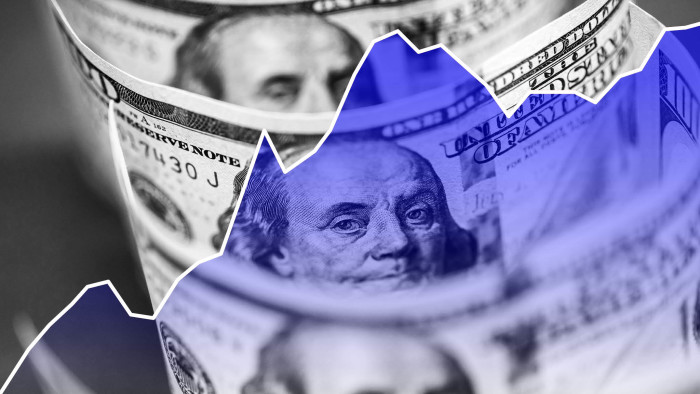
The shock that coronavirus has wrought on markets across the world coincides with a dangerous financial backdrop marked by spiralling global debt. According to the Institute of International Finance, a trade group, the ratio of global debt to gross domestic product hit an all-time high of over 322 per cent in the third quarter of 2019, with total debt reaching close to $253tn. The implication, if the virus continues to spread, is that any fragilities in the financial system have the potential to trigger a new debt crisis.
In the short term the behaviour of credit markets will be critical. Despite the decline in bond yields and borrowing costs since the markets took fright, financial conditions have tightened for weaker corporate borrowers. Their access to bond markets has become more difficult. After Tuesday’s 50 basis-point cut, the US Federal Reserve’s policy rate of 1.0-1.25 per cent is still higher than the 0.8 per cent yield on the policy-sensitive two-year Treasury note. This inversion of the yield curve could intensify the squeeze, says Charles Dumas, chief economist of TS Lombard, if US banks now tighten credit while lending has become less profitable.
This is particularly important because much of the debt build-up since the global financial crisis of 2007-08 has been in the non-bank corporate sector where the current disruption to supply chains and reduced global growth imply lower earnings and greater difficulty in servicing debt. In effect, the coronavirus raises the extraordinary prospect of a credit crunch in a world of ultra-low and negative interest rates.
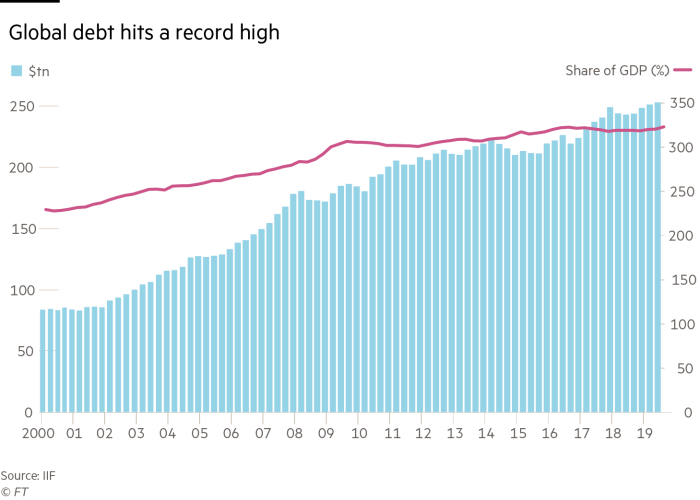
Policymakers in advanced countries have over the past week made clear their readiness to pursue an active fiscal and monetary response to the disruption caused by the virus. Yet such policy activism carries a longer-term risk of entrenching the dysfunctional monetary policy that contributed to the original financial crisis, as well as exacerbating the dangerous debt overhang that the global economy now faces.
The risks have been building in the financial system for decades. From the late 1980s, central banks — and especially the Fed — conducted what came to be known as “asymmetric monetary policy”, whereby they supported markets when they plunged but failed to damp them down when they were prone to bubbles. Excessive risk taking in banking was the natural consequence.
The central banks’ quantitative easing since the crisis, which involves the purchase of government bonds and other assets, is, in effect, a continuation of this asymmetric approach. The resulting safety net placed under the banking system is unprecedented in scale and duration. Continuing loose policy has brought forward debt financed private expenditure, thereby elongating an already protracted cycle in which extraordinary low or negative interest rates appear to be less and less effective in stimulating demand.
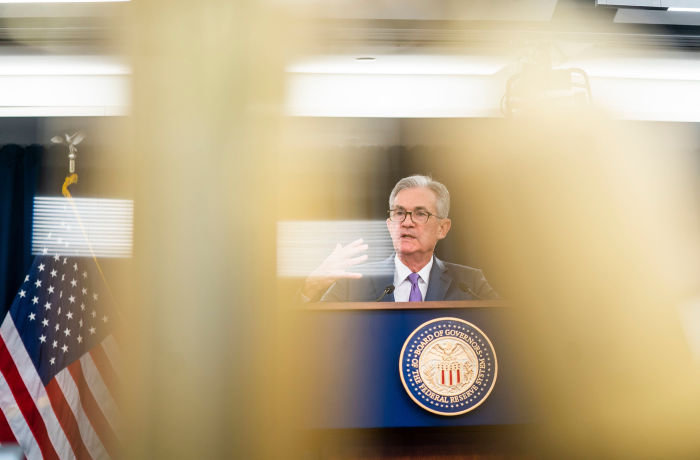
William White, who while head of the monetary and economics department at the Bank for International Settlements in Basel was one of the few economists to predict the financial crisis, says the subsequent great experiment in ultra-loose monetary policy is intensely morally hazardous. This, he argues, is because unconventional central bank policies may “simply set the stage for the next boom and bust cycle, fuelled by ever declining credit standards and ever expanding debt accumulation”.
A comparison of today’s circumstances with the period before the financial crisis is instructive. As well as a big post-crisis increase in government debt, an important difference now is that the debt focus in the private sector is not on property and mortgage lending, but on loans to the corporate sector. A recent OECD report says that at the end of December 2019 the global outstanding stock of non-financial corporate bonds reached an all-time high of $13.5tn, double the level in real terms against December 2008.
The rise is most striking in the US, where the Fed estimates that corporate debt has risen from $3.3tn before the financial crisis to $6.5tn last year.
Given that Google parent Alphabet, Apple, Facebook and Microsoft alone held net cash at the end of last year of $328bn, this suggests that much of the debt is concentrated in old economy sectors where many companies are less cash generative than Big Tech. Debt servicing is thus more burdensome.
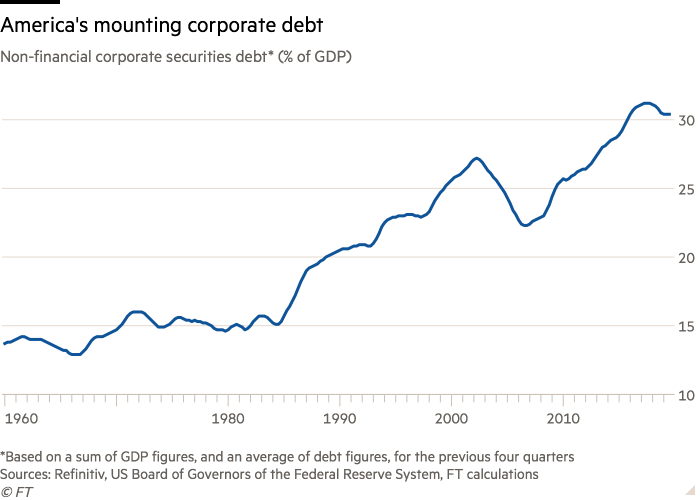
The shift to corporate indebtedness is in one sense less risky for the financial system than the earlier surge in subprime mortgage borrowing because banks, which by their nature are fragile because they borrow short and lend long, are not as heavily exposed to corporate debt as investors, such as insurance companies, pension funds, mutual funds and exchange traded funds.
That said, banks cannot escape the consequences of a wider collapse in markets in the event of a continued loss of investor confidence and or a rise in interest rates from today’s extraordinary low levels. Such an outcome would lead to increased defaults on banks’ loans together with shrinkage in the value of collateral in the banking system. And asset prices could be vulnerable even after the coronavirus scare because the central banks’ asset purchases drove investors to search for yield regardless of the dangers. As a result, risk is still systematically mispriced around the financial system.
The OECD report notes that compared with previous credit cycles today’s stock of corporate bonds has lower overall credit quality, longer maturities, inferior covenant protection — bondholder rights such as restrictions on future borrowing or dividend payments — and higher payback requirements. Longer maturities are associated with higher price sensitivity to changes in interest rates, so together with declining credit quality that makes bond markets more sensitive to changes in monetary policy. Current market volatility is further exacerbated by banks’ withdrawal from market-making activities in response to tougher capital adequacy requirements since the crisis.

In a downturn, some of the disproportionately large recent issuance of BBB bonds — the lowest investment grade category — could end up being downgraded. That would lead to big increases in borrowing costs because many investors are constrained by regulation or self-imposed restrictions from investing in non-investment grade bonds.
The deterioration in bond quality is particularly striking in the $1.3tn global market for leveraged loans, which are loans arranged by syndicates of banks to companies that are heavily indebted or have weak credit ratings. Such loans are called leveraged because the ratio of the borrower’s debt to assets or earnings is well above industry norms. New issuance in this sector hit a record $788bn in 2017, higher than the peak of $762bn before the crisis. The US accounted for $564bn of that total.
Much of this debt has financed mergers and acquisitions and stock buybacks. Executives have a powerful incentive to engage in buybacks despite very full valuations in the equity market because they boost earnings per share by shrinking the company’s equity capital and thus inflate performance related pay. Yet this financial engineering is a recipe for systematically weakening corporate balance sheets.

Otmar Issing, former chief economist of the European Central Bank, says prolonged low central bank interest rates also have wider consequences because they lead to a serious misallocation of capital. This helps keep unproductive “zombie” banks and companies — those that cannot meet interest payments from earnings — alive. The IMF’s latest global financial stability report amplifies this point with a simulation showing that a recession half as severe as 2009 would result in companies with $19tn of outstanding debt having insufficient profits to service that debt.
Overall, this huge accumulation of corporate debt of increasingly poor quality is likely to exacerbate the next recession. The central banks’ ultra-loose monetary policy has also fostered what economists call disaster myopia — complacency, in a word, which is a prerequisite of financial crises. The greatest complacency today is over inflation and the possibility that central banks will inflict a financial shock by raising interest rates sooner than most expect.

This myopia is understandable and not just because of the coronavirus. Since the financial crisis the debt laden advanced economies have suffered from deficient demand. Hence the central banks’ recent difficulties in meeting inflation targets. At the same time tightening labour markets have not led to increased wage inflation, leading many economists to assume the traditional relationship between falling unemployment and rising price inflation has broken down.
Clearly there is still a deflationary impulse at work in the global economy, causing growth to be both anaemic and debt dependent. Yet inflation may not be quiescent for as long as markets assume. One reason is that with the central banks’ unconventional measures becoming less effective, there is a pressing question about how to respond to stagnation when interest rates are close to zero, together with a growing consensus, helped by coronavirus, that a more activist fiscal policy may be necessary.

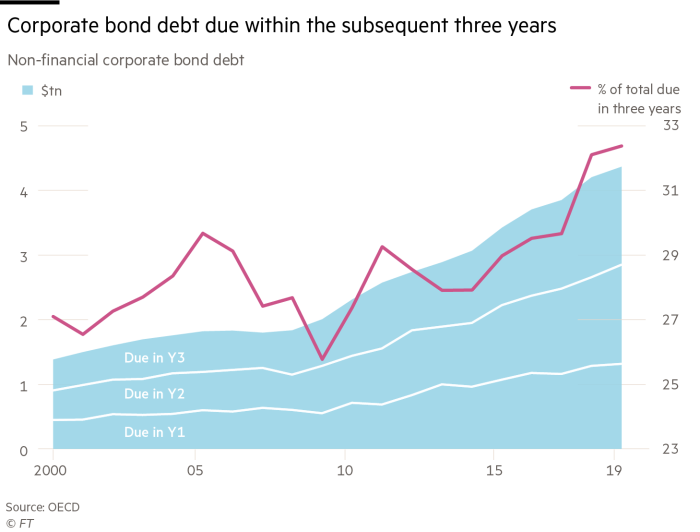
With the rise of populism there are growing calls for monetary finance of increased fiscal deficits — that is, direct financing of government deficits by central banks of the kind currently happening in Japan. Monetary finance has been a precursor of high inflation and while its proponents argue that the risks can be contained provided the quantity of such finance is controlled by independent central banks, central bank independence has been increasingly under threat since the crisis.
Demography is also relevant. Charles Goodhart of the London School of Economics and Philipp Erfurth of Morgan Stanley have argued that low and negative interest rates are not the new normal because the world is on the cusp of a dramatic demographic shift. A decline in the working population relative to the retired population potentially returns bargaining power to labour. Combined with a decline in household savings because elderly populations have become less thrifty, they say, this makes it almost inevitable that real interest rates will reverse trend and go back up.
Nor, in the shorter term, is it clear that the relationship between unemployment and wage inflation has really broken. Chris Watling, founder of Longview Economics, says the sogginess of wage data in the US is substantially to do with the oil-producing states, which suffered a marked slowdown last year as a result of the fall in crude prices in late 2018. Non-oil wage inflation has remained in a relatively robust uptrend as unemployment rates have fallen.
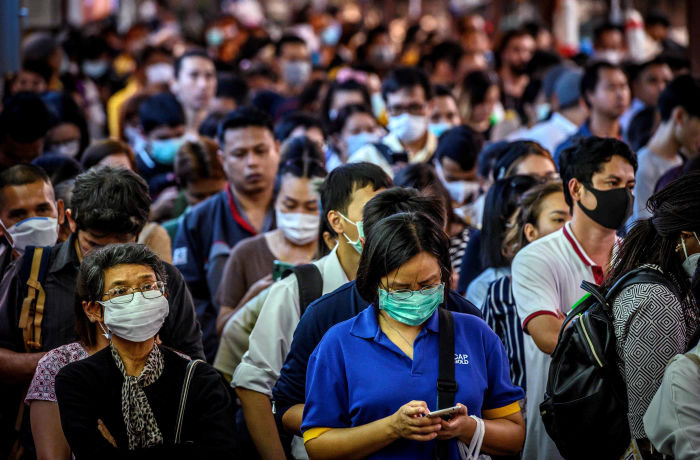
A pressing question, in the light of the debt build-up, is whether the regulatory response to the great financial crisis has been sufficient to rule out another systemic crisis and whether the increase in banks’ capital will provide an adequate buffer against the losses that will result from widespread mispricing of risk.
History matters here. The one period in the last 200 years when banking was relatively free of crises was between the 1930s and early 1970s. This was because the regulatory response to the 1929 crash and the subsequent banking failures was so draconian that banking was turned into a low-risk, utility-like business. It was the progressive removal of this regulatory straitjacket, which began in the 1970s, that paved the way for the property based crises of the mid-1970s, the Latin American debt crisis of the 1980s, more property based crises of the early 1990s and the rest.

While there has been a plethora of reforms since 2008 — though conspicuously not including the removal of the privileged tax status of debt relative to equity — the operations of the likes of Goldman Sachs, Barclays or Deutsche Bank could scarcely be called utility-like. And when very rapid changes in financial structure are taking place, as today, regulators are often left behind by the new reality and wrong footed by regulatory arbitrage.
It is impossible to predict the trigger or timing of a financial crisis. And it seems unlikely that a full-blown crisis is imminent, notwithstanding coronavirus. But the potentially unsustainable accumulation of public sector debt and of debt in the non-financial corporate sector highlights serious vulnerabilities, notably in China and other emerging markets, but also in the US and UK. And the continental European banking system is conspicuously weaker than that of the US.
Against such a background, the conclusion has to be that of the late Herb Stein, the American economist who remarked that if something can’t go on for ever, then it will stop. When coronavirus is long gone, that will be when systemic trouble starts.
A previous version of the chart on America’s corporate debt was corrected on March 4. Figures now show US non-financial corporate debt as a share of annual GDP.
Letter in response to this article:
How can inequality be a sign of economic health? / From Oliver Corlett, Oakland, CA, US
Comments